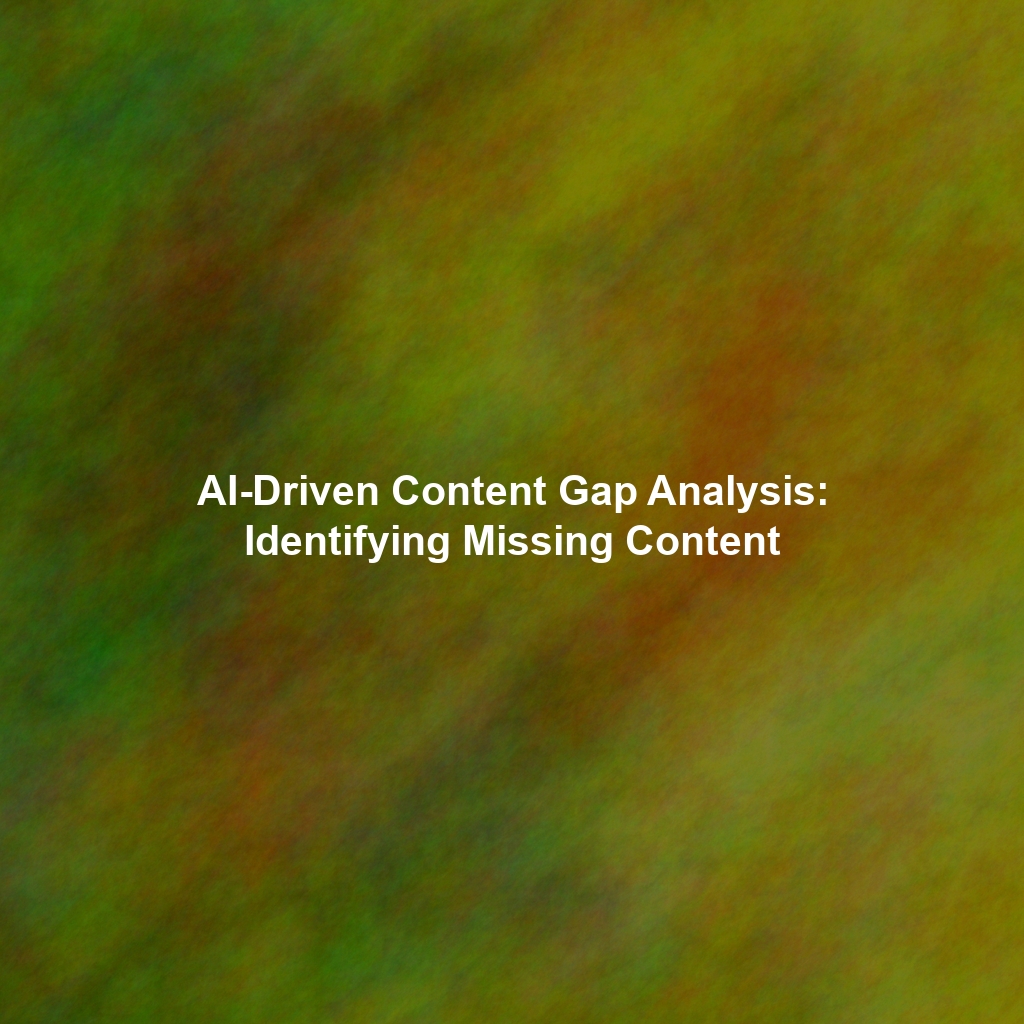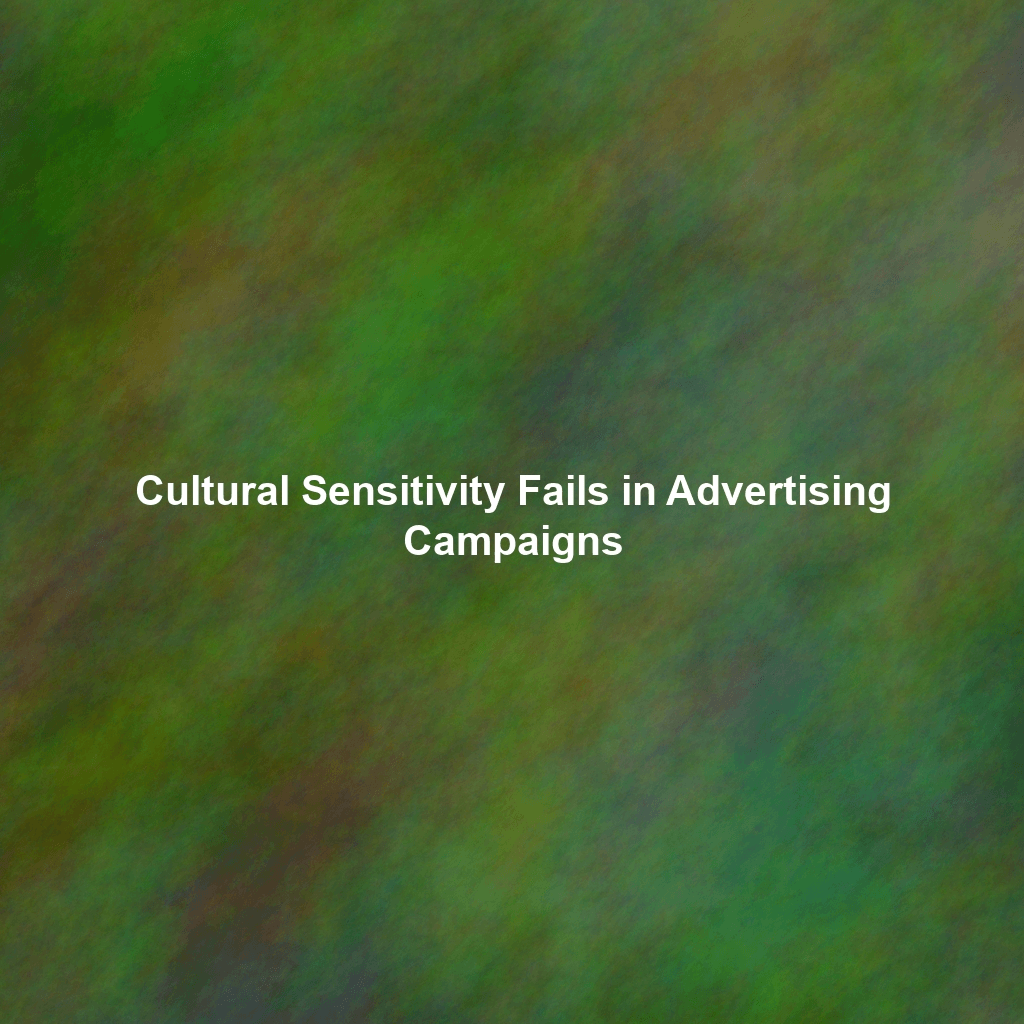McDonald’s. The Golden Arches. Instantly recognizable symbols of fast food, global reach, and…social responsibility? In an era where consumers are increasingly conscious of a brand’s impact on the planet and its people, McDonald’s, like many large corporations, has ramped up its efforts to showcase its commitment to sustainability and community engagement. But how effective are these campaigns? And more importantly, how authentic are they?
The Golden Arches Go Green: Marketing Environmental Sustainability
McDonald’s environmental initiatives are often front and center in their marketing campaigns. These efforts typically revolve around two key areas: packaging and sourcing.
Sustainable Packaging: Reducing Waste, Improving Image?
For years, McDonald’s has been working to reduce its environmental footprint through packaging changes. Think about the transition from polystyrene clamshells to paper-based packaging, or the elimination of plastic straws in many markets. Their marketing communications often highlight these initiatives, emphasizing their commitment to reducing waste and using more sustainable materials. We see commercials showcasing recyclable packaging, social media posts touting reduced plastic use, and in-store signage promoting their green efforts.
Sourcing Responsibly: From Farm to Fryer
McDonald’s also promotes its commitment to responsible sourcing, particularly when it comes to ingredients like coffee, beef, and fish. They often feature stories about farmers and suppliers who adhere to sustainable practices, highlighting their dedication to ethical and environmentally sound production methods. Their marketing might showcase partnerships with organizations that promote sustainable agriculture or highlight the company’s efforts to reduce deforestation associated with beef production.
Beyond Burgers: Community Engagement and the Ronald McDonald House Charities
Beyond environmental concerns, McDonald’s actively promotes its involvement in community initiatives, most notably through the Ronald McDonald House Charities (RMHC). RMHC provides housing and support to families with children undergoing medical treatment. This philanthropic arm of McDonald’s is heavily featured in their marketing, often tugging at heartstrings and showcasing the positive impact of RMHC on families in need.
We see fundraising campaigns prominently displayed at the point of sale, heartwarming commercials featuring families benefiting from RMHC services, and online content highlighting the organization’s work. The association with RMHC undeniably boosts McDonald’s image, portraying them as a company that cares.
The Authenticity Question: Is it Genuine Care, or Just Greenwashing?
While McDonald’s efforts to promote sustainability and community engagement are undeniable, the question of authenticity often arises. Critics frequently accuse the company of “greenwashing” – using marketing to present a misleadingly positive image of their environmental impact – or “corporate social responsibility (CSR) washing,” where charitable activities are used to mask less desirable business practices.
Addressing the Greenwashing Critique
One common critique is that while McDonald’s has made progress in areas like packaging, the overall environmental impact of their operations remains significant due to the scale of their business and the nature of fast food production. For example, switching to paper straws while still serving millions of beef patties daily might be seen as a superficial gesture. The key here is transparency. While McDonald’s releases sustainability reports, are they truly transparent about the challenges they face and the limitations of their current efforts? Do they set ambitious, measurable goals, and are they held accountable for achieving them?
Beyond the Happy Meal: Examining the Bigger Picture
Similarly, while the Ronald McDonald House Charities provide invaluable support to families, some critics argue that McDonald’s uses this association to distract from issues like the nutritional value of their food and its potential impact on public health. Are they genuinely committed to community well-being, or is RMHC primarily a tool for improving their corporate image? The answer likely lies somewhere in between. RMHC undeniably does good work, but it’s important to consider the broader context of McDonald’s business practices.
The Effectiveness of McDonald’s Social Responsibility Marketing
Determining the effectiveness of McDonald’s social responsibility marketing is complex. It’s difficult to directly correlate specific campaigns with increased sales or brand loyalty. However, research suggests that consumers are increasingly influenced by a company’s ethical and environmental practices. By highlighting their sustainability efforts and community involvement, McDonald’s aims to appeal to these values-driven consumers.
Ultimately, the effectiveness of these campaigns hinges on consumer perception. If consumers believe that McDonald’s is genuinely committed to making a positive impact, they are more likely to view the brand favorably. However, if they perceive these efforts as superficial or insincere, the campaigns could backfire and damage the company’s reputation.
Conclusion: A Work in Progress?
McDonald’s social responsibility marketing is a multifaceted and evolving strategy. While they have made significant strides in areas like sustainable packaging and community engagement, particularly through the Ronald McDonald House Charities, the company still faces scrutiny regarding the authenticity and overall impact of its efforts. The challenge for McDonald’s lies in balancing the need to promote its positive initiatives with the need for transparency and genuine commitment to addressing the environmental and social challenges associated with its business. Only time will tell if McDonald’s can truly transform itself into a sustainable and socially responsible corporation, or if its efforts will remain largely a marketing exercise.
 Skip to content
Skip to content
